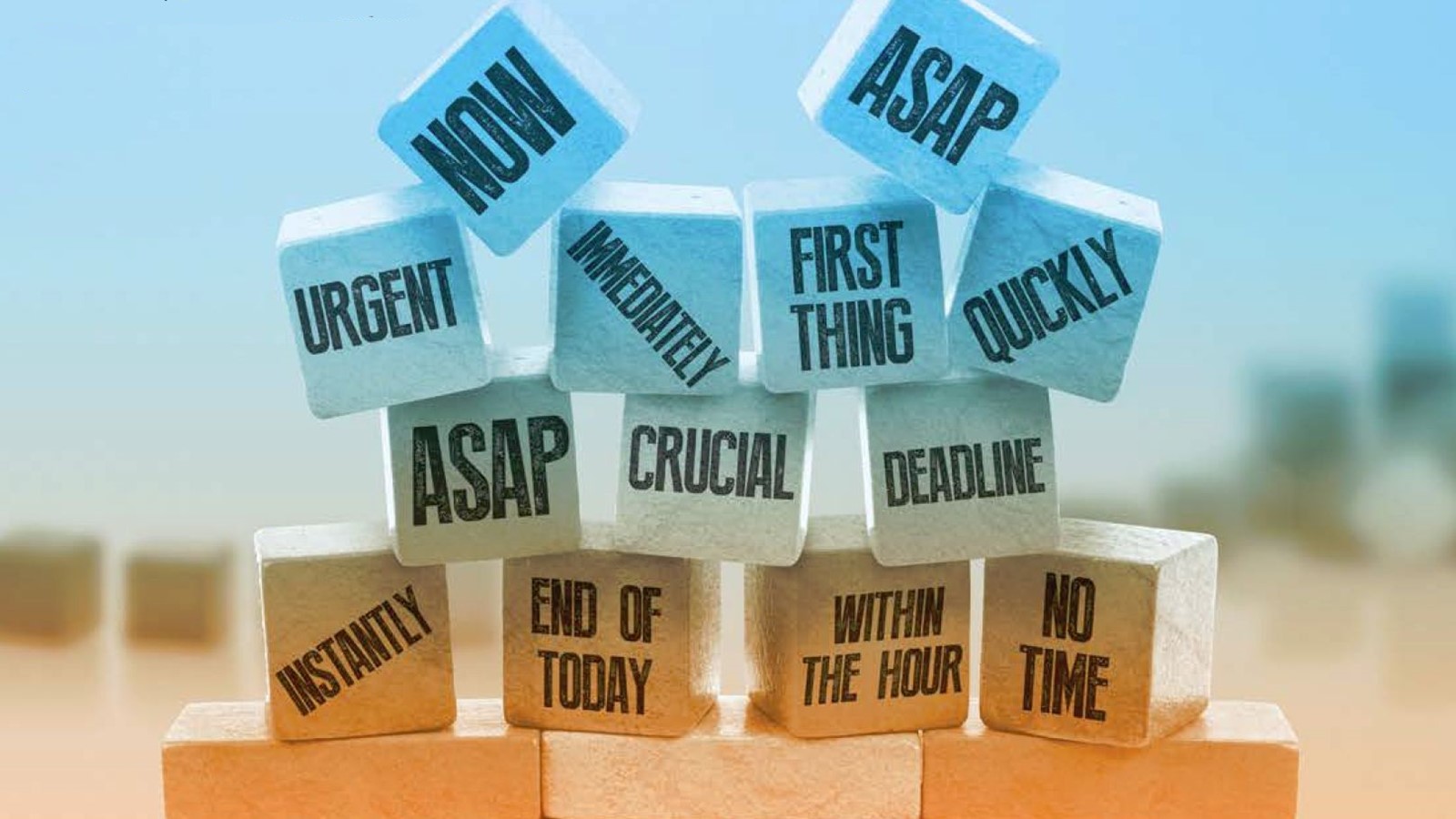Traditionally, emotions and the workplace have never really mixed. Work environments, especially in the UK, have always been seen as rational enterprises in which emotions, intuition and feelings play no role.1 This partly reflected the British culture of keeping a stiff upper lip, whereby hearts were definitely not to be worn on sleeves in public.
The past decade, however, has seen a change in attitudes with regards to emotions, and we have moved into a more emotional era in which we are encouraged to become more in touch with our emotional selves. Some cite the outpouring of grief after the death of Diana, Princess of Wales, as the catalyst for the crumbling of our traditional stiff upper lip. The barometer for this change is probably reflected in the increasing acceptability of men crying in public; a survey in 2016 suggests that today’s man is three times more likely to cry in public than his father.2 From former Prime Minister, Gordon Brown’s, tears in 2010 when talking about the death of his daughter, to Andy Murray’s weeping when he lost to Federer at Wimbledon in 2012, men are being seen crying in public more and more. When the President of the United States of America, Barack Obama, cried openly on live television earlier this year as he delivered a speech about gun control in the wake of the continued mass shootings, it seemed fair to predict that crying in public is going to become more commonplace for men and women on either side of the Atlantic. And what a long way we have come since Margaret Thatcher claimed in 1990 that ‘…to wear your heart on your sleeve isn’t a very good plan; you should wear it inside, where it functions best.’3
But what about crying in the workplace? Is it ever OK for men or women to break down in the office or is such a show of emotion still likely to be frowned upon? Last year Nobel Laureate Tim Hunt caused outrage when he suggested that female scientists can’t take criticism without crying. And therein lies the issue: despite the occasional President’s or Prime Minister’s (male) tears, crying for many is still seen as something childish, immature and unprofessional – and associated with women who, claim some, lack the strength and thick skin to avoid turning on the waterworks. Women, of course, are not only culturally expected to cry more than men, but are also biologically predisposed to cry more. A study by the German Society of Ophthalmology found that women shed tears more frequently and for longer periods than their male counterparts, and part of the reason might be physiological: women have 60 per cent higher levels of the prolactin hormone, which encourages tear production.3
Yet crying is good for our health; almost 90 per cent of participants in an experiment by the University of Minnesota reported an improved mood after crying.4 Other reports suggest that holding back the tears and associated emotions can cause escalating stress levels and weaken our immune systems.4
But turning on the waterworks may be less good for the health of our career than for our mental health – especially, if Hunt’s comments are anything to go by, for women. In fact, while acceptance for men’s tears might be on the rise, I suspect that tolerance for the tears of women is reducing, especially in male-dominated fields (hence the scientist comment) as females fight to prove themselves. A photo of a male doctor crying outside a hospital after the death of a young patient went viral last year;5 would it have been regarded with as much sympathy had the doctor been female?
Gender aside, there are probably ‘acceptable’ and ‘unacceptable’ reasons to cry at work. Crying after a personal tragedy is unlikely to ever be condemned, but tears following a relatively short-term relationship break-up might be less well regarded. Crying because you have been criticised at work or suffered some other blow to your self-esteem is likely to glean less sympathy (because that just seems weak and self-indulgent) than crying because the company you love has suffered a blow (which shows how much you care). There is also the issue of quantity: a compulsive crier may well be seen as an irritant, but someone who reaches the end of their tether and breaks down one day is far more likely to survive the outburst with their reputation intact.
Crying at work is often seen as an uncomfortable intersection of private and public – something that leaves many people feeling uneasy within the fuzzy domain of the office (not quite public, but not private either). It makes us feel awkward and embarrassed – whether we are the crier or the witness. And this is why crying at work is probably still a risky behaviour for most of us.
Dr Sandi Mann is Senior Lecturer in Occupational Psychology at the University of Central Lancashire and Director of the Mind Training Clinic. She is author of several psychology self-help books including Manage Your Anger, Overcoming Phobias and Panic Attacks and The Upside of Downtime: why boredom is good.
More workplace matters
References
1 Mann S. Hiding what we feel, faking what we don’t. London: Vega Publishing; 1999, 2002.
2 Moss R. Modern men are three times more likely to cry in public than their fathers. Huffington Post UK; 2016. http://www.huffingtonpost.co.uk/entry/modern-british-men-three-times-more-likely-to-cry-in-public-than-their-fathers_uk_56eabaf0e4b03fb88edec1a5
3 http://www.stylist.co.uk/people/is-it-ever-ok-to-cry-at-work
4 Williams R. Is it ever OK to cry at work? The Telegraph 2013; 1 November. http://www.telegraph.co.uk/women/womens-life/10412874/Is-it-ever-OK-to-cry-at-work.html
5 http://www.idealmedicalcare.org/blog/heart-wrenching-photo-of-doctor-crying-goes-viral-heres-why/

